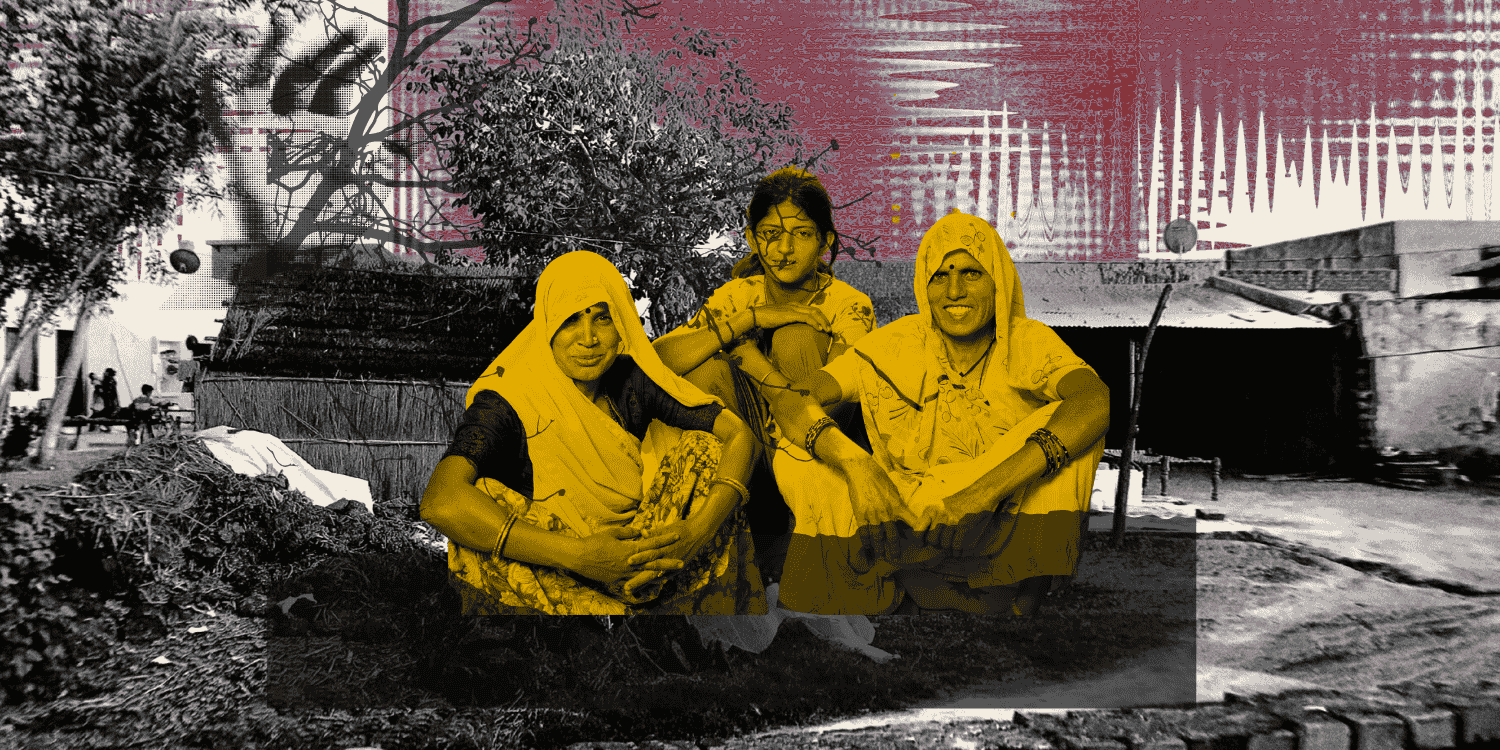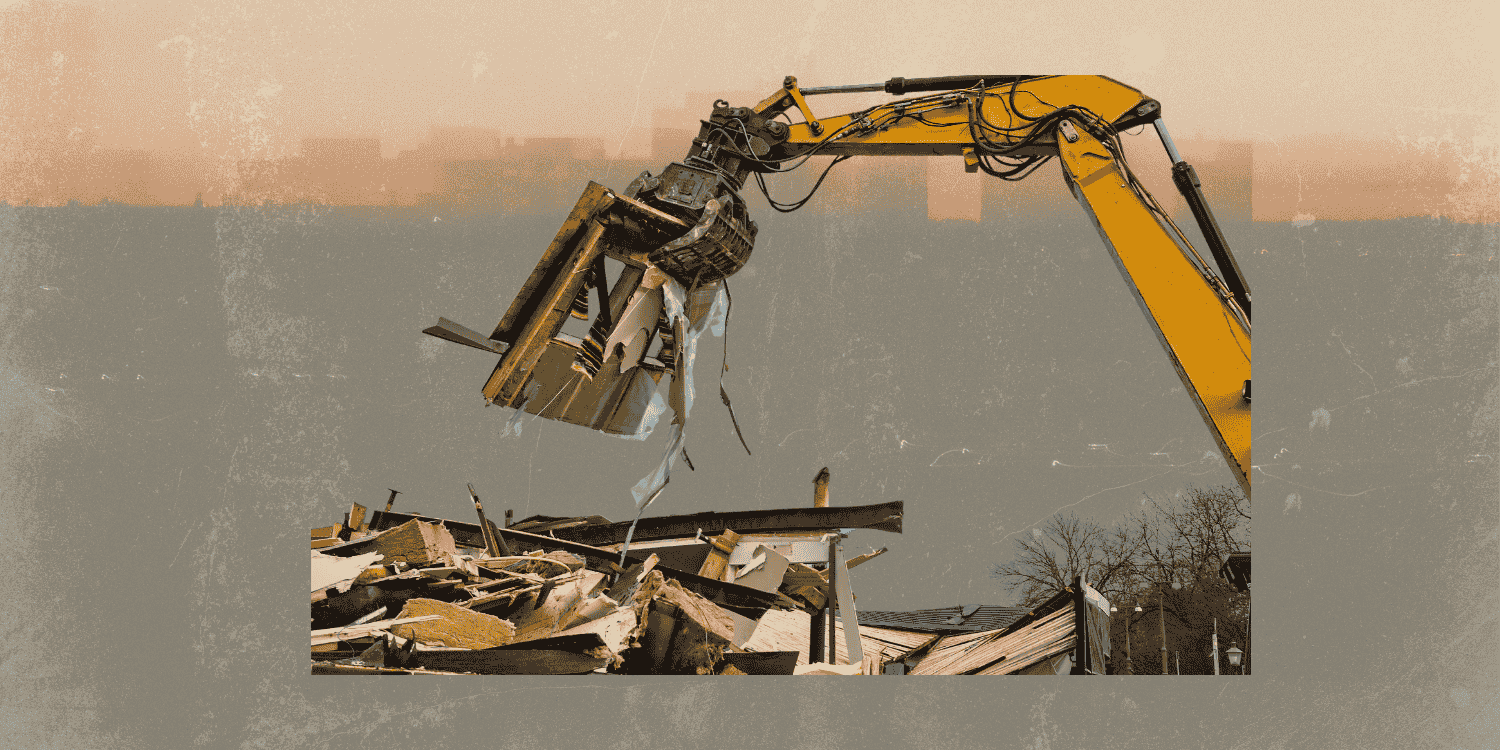Geopolitical and Strategic Significance of the Himalayas
Stretching over 2,500 kilometres, the Himalayan region in India spans over 13 states, from Ladakh and Jammu and Kashmir to Arunachal Pradesh and Nagaland. This majestic mountain range, known for its towering peaks and breathtaking landscapes, is home to a diverse array of flora and fauna, making it an ecologically significant area. The Himalayas are not only a natural wonder but also a vital source of water, as they house numerous glaciers feeding major rivers like the Ganges, Brahmaputra, and Indus.
The region shares borders with Pakistan and Pakistan occupied Kashmir (PoK), China and Aksai Chin, Tibet, Nepal, Myanmar, and Bangladesh. Several of these neighbours, notably Pakistan and China, have caused conflicts in India. Historical conflicts include the 1962 war with China, characterised by high-altitude skirmishes and strategic posturing, and repeated assaults from Pakistan, including the Kargil War in 1999, which saw significant infiltration and conflict in the rugged terrain of Jammu and Kashmir. Additionally, border tensions with Myanmar and sporadic conflicts with Bangladesh have further highlighted the strategic importance of the Himalayas.
Beyond its geopolitical importance, the Himalayas are rich in natural resources, including minerals, forests, and freshwater reserves. The region’s ecological significance cannot be overstated, as it plays a crucial role in regulating the climate and weather patterns of the Indian subcontinent. Conservation of this fragile environment is essential for maintaining biodiversity, preventing soil erosion, and ensuring the sustained flow of rivers that millions depend on for agriculture, drinking water, and hydroelectric power. The ecological significance of the Himalayas, with its rich biodiversity and critical role in climate regulation, adds another layer of importance to safeguarding this region.
Current Security Arrangements
The Indian Army, Indo-Tibetan Border Police (ITBP), and other agencies play crucial roles in safeguarding the Himalayan region. The Indian Army is tasked with defending the nation against external aggression and securing the borders. Specialised mountain divisions, such as Ladakh Scouts and Kumaon Regiment, are trained for high-altitude warfare, ensuring preparedness for any incursion or conflict. These units undergo rigorous training to acclimatise to the extreme conditions and are equipped with specialised gear for cold-weather combat. The ITBP, deployed along the India-China border, is responsible for border security, intelligence gathering, and maintaining peace in the region. Additionally, the Border Security Force (BSF) operates along the borders with Pakistan and Bangladesh, tackling smuggling, infiltration, and other illegal activities.
Despite their critical roles, the Indian Army and ITBP face significant limitations and challenges due to inadequate numbers and resources. The vast expanse of the Himalayan region requires extensive manpower to monitor and secure effectively. Strategic Studies Institute of the US Army War College in their report have claimed that “between the persistent challenges of internal security and nontrivial local threats, the Indian Armed Forces have their hands full”. For instance, the Doklam standoff in 2017 highlighted the strain on existing forces when additional troops had to be deployed to counter Chinese advances, revealing gaps in constant surveillance and rapid deployment capabilities. The harsh and inhospitable conditions of the Himalayas intensify these challenges. It is prone to landslides due to tectonic activity, fragile and sedimentary nature of rocks and soil, and intense monsoon rains coupled with steep slopes. Due to its altitude, lower oxygen levels also cause problems. The extreme weather, including severe cold and avalanches, makes prolonged deployment difficult and reduces the operational effectiveness of the troops.
Additionally, the rugged landscape and limited infrastructure in remote areas hamper effective surveillance and patrolling. For example, during the Kargil conflict in 1999, the lack of adequate roads and transport facilities significantly hindered the movement of troops and supplies, leading to delays and operational challenges. Many border posts are accessible only by foot or helicopter, further straining the already stretched resources and limiting rapid response capabilities. The existing forces, therefore, need substantial additional support to carry out their responsibilities effectively, highlighting the potential benefits of a dedicated Himalayan Guard. Such a force could provide the necessary manpower, specialised training, and resources to enhance surveillance, improve mobility, and ensure rapid response in the challenging Himalayan terrain.
Arguments for a Dedicated Himalayan Guard
Currently, the responsibility of all security-related activities, including but not limited to surveillance and gathering of intelligence, rapid response in times of emergency, and local community engagement fall on the shoulders of the Indian Army, ITBP, etc. who are already saddled with the responsibility of guarding the borders. If implemented, the Himalayan Guard can take over these responsibilities.
Focused Surveillance and Intelligence: The Himalayan Guard would significantly enhance surveillance and intelligence capabilities in the region. By deploying drones and satellite technology, the Guard can monitor vast and inaccessible areas of the Himalayas in real-time. This technology would allow for early detection of unauthorised movements or incursions, providing critical data that can be acted upon swiftly. For instance, drone surveillance has been effectively used in similar terrains to track insurgent activities and gather real-time intelligence, crucial for border security operations. Additionally, the Guard would focus on improving intelligence gathering and analysis specific to the Himalayan terrain, employing specialised teams trained in high-altitude reconnaissance. Enhanced intelligence efforts have proven vital in pre-empting threats in other high-altitude conflict zones.
Rapid Response and Mobility: The creation of a dedicated Himalayan Guard would bolster rapid response and mobility in the event of incursions or natural disasters. Quick reaction forces, trained specifically for high-altitude operations, would be stationed in strategic locations, ensuring immediate deployment. The importance of such rapid response teams has been demonstrated in various high-altitude regions, significantly reducing response times and enhancing operational outcomes.
Environmental and Ecological Protection: A dedicated Himalayan Guard would play a vital role in safeguarding the fragile Himalayan ecosystem. The region, rich in biodiversity and natural resources, is highly susceptible to environmental degradation due to illegal activities such as poaching, deforestation, and smuggling. The Guard, with its focused mandate, could implement stringent measures to prevent these illegal activities, contributing significantly to environmental conservation efforts. Similar integrated conservation and security initiatives have shown remarkable success in protecting sensitive ecological zones (Ali, 2018). Furthermore, the Guard could work closely with environmental agencies to develop and enforce eco-friendly practices, ensuring that military activities do not harm the delicate Himalayan environment.
Local Community Engagement and Development: The establishment of a Himalayan Guard would foster trust and cooperation with local communities, which is essential for effective border security. By engaging with local populations, the Guard can build strong relationships, facilitating better intelligence sharing and community support for security initiatives. Community involvement has proved to enhance local support and improve the effectiveness of security operations in the region (Jha, 2009). Additionally, the Guard could spearhead infrastructure development projects and disaster response initiatives, directly benefiting local communities. Investments in infrastructure, such as roads and communication networks, and improved disaster preparedness have proven to enhance resilience and economic development in remote and high-altitude regions.
Diplomatic Significance: The creation of the Himalayan Guard would reinforce India’s status as a regional leader and protector, particularly among the countries that share the Himalayan range. This initiative would demonstrate India’s commitment to maintaining peace and stability in the region while asserting its role as a decisive and proactive guardian of its borders. The inception of the Himalayan Guard would also send a powerful message to the neighbouring countries that have repeatedly challenged India’s sovereignty, such as China and Pakistan. Establishing this specialised force would unequivocally signal to neighbouring countries that India is resolute in defending its territorial integrity.
Drawing Parallels: Indian Navy and Indian Coast Guard
When the Himalayan Guard is under consideration, there are multiple factors that one would have to take into account. The cost and resource allocation, and the bureaucratic and logistical challenges, will have a big role to play in determining whether or not the Himalayan Guard is a feasible idea.
Setting up a new force would require substantial investment in training, equipment, infrastructure, and ongoing maintenance. The government would need to allocate a significant portion of the defence budget to the Ministry of Defence for this purpose. This increase in budget would have to be justified against other critical needs, raising questions about the overall financial impact. Moreover, maintaining a high-altitude specialised force involves unique expenses, including specialised gear, acclimatisation facilities, and advanced technology for surveillance and mobility.
Introducing a new security force would also bring bureaucratic and logistical challenges. Coordinating among various security agencies such as the Indian Army, ITBP, and the proposed Himalayan Guard could lead to complex operational dynamics. The risk of overlapping jurisdictions and command structures might cause inefficiencies and delays in decision-making. Historically, inter-agency coordination can be fraught with challenges, leading to potential conflicts and miscommunications. The added layer of a new force might complicate the existing framework, making it more difficult to achieve seamless operations.
However, this is not an unprecedented issue. A similar parallel can be drawn between the Indian Navy and the Indian Coast Guard. The Indian Navy is primarily responsible for warfare and India’s offensive capabilities at sea. Recognizing the need for a specialised force to undertake safety, protection tasks, and maritime law enforcement in Indian waters, the Indian Navy proposed the establishment of the Indian Coast Guard. As per Indian Navy, “deploying advanced naval warships and other assets for these tasks was not considered optimal”, leading to the creation of the Coast Guard, which now handles maritime safety, environmental protection, and law enforcement.
Applying the same logic to deliberate the inception of the Himalayan Guard, one can see a clear distinction in roles that justifies its creation. Prima facie, the responsibilities of the Indian Army, ITBP, and the proposed Himalayan Guard may appear similar. However, a deeper analysis reveals complementary roles rather than redundant ones. The Indian Army and ITBP focus on direct military operations and border security. In contrast, the Himalayan Guard would enhance defensive capabilities by providing crucial intelligence, advanced surveillance, and rapid response support, all tailored to the unique challenges of the Himalayan terrain.
Case Study
Forum for Integrated National Security (FINS) undertook a research project “Report on Border Area Challenges – Himachal Pradesh” (2022) to assess the issues that have arisen in the border areas of Himachal Pradesh. The research, undertaken to study the multidimensional issues pertaining to border security in Himachal, deliberated on the activities observed on the Chinese side of the border, and studied the demographic aspects of the border districts. The report highlighted many issues such as infrastructural disadvantage for India where China is building roads closer to the border, which is not the case with India, connectivity constraints during winters where passes are closed, depopulation in border districts, etc.
The research group, consisting of veterans such as Former DG Military Operation (DGMO) and Former DG Infantry, raised some policy considerations such as recognising the ITBP as the nodal agency for border management issues in Himachal, need for an additional agency which will complement the ITBP, and institution of the ‘Integrated Himalayan Security Grid’ (IHSG). The proposed scope of the IHSG in the FINS report is much wider, with inclusion of tourism development, employment generation, and training medical facilities.
Recommendations
The Himalayan region’s security issues are diverse and cannot be effectively addressed with a one-size-fits-all approach, given the unique challenges faced by different states. Each state in the Himalayan belt, from Jammu and Kashmir to Arunachal Pradesh and Nagaland, encounters distinct problems shaped by its geographical, political, and socio-economic context. The issues faced by states bordering China, such as Arunachal Pradesh and Ladakh, are vastly different from those facing states bordering Pakistan or Bangladesh, such as Jammu and Kashmir and Assam. For instance, the states bordering China often deal with issues related to territorial incursions and infrastructure development by the Chinese military, while states bordering Pakistan contend with cross-border terrorism and infiltration.
Furthermore, the challenges in the upper Himalayan states, such as Jammu and Kashmir, with their high-altitude, rugged terrain, and harsh weather conditions, differ significantly from those in the lower Himalayan states like Manipur, where dense forests and a warmer climate create distinct operational difficulties. This diversity in challenges necessitates a nuanced approach to security that can address the specific needs of each region.
Currently, various state and central government agencies, including the Indo-Tibetan Border Police (ITBP), Border Security Force (BSF), and the Border Roads Organisation (BRO), operate in these regions. Each of these bodies has a specific mandate, but their efforts can sometimes be fragmented and uncoordinated. For instance, while the ITBP is primarily responsible for border security along the India-China border, the BSF handles similar duties along the India-Pakistan and India-Bangladesh borders. The BRO, on the other hand, focuses on infrastructure development, such as building and maintaining roads in these challenging terrains.
In light of these complexities, the establishment of an overarching agency like the Himalayan Guard could offer a more integrated and holistic approach to regional security and development. A dedicated Himalayan Guard would be able to coordinate the efforts of various existing agencies, ensuring that resources are allocated efficiently, and strategies are tailored to the specific needs of each region. By providing a unified command structure, the Himalayan Guard could enhance intelligence sharing, streamline operations, and offer rapid response capabilities tailored to the diverse challenges of the Himalayan region. This holistic consideration would not only improve security but also address the developmental and ecological issues unique to each state, ultimately leading to a more stable and secure Himalayan frontier.
Conclusion
The establishment of a dedicated Himalayan Guard is a strategic imperative to address the security challenges in the Himalayan region. The unique threats from neighbouring countries, coupled with the limitations faced by existing forces, underscore the need for a unified and holistic approach. The Himalayan Guard would provide enhanced surveillance, rapid response capabilities, environmental protection, and local community engagement, offering a comprehensive solution tailored to the diverse needs of the region.
While the financial costs and bureaucratic challenges are significant, they are not insurmountable. By optimising resource allocation, streamlining command structures, and maintaining diplomatic balance, the potential drawbacks can be effectively managed. The strategic importance of the Himalayas for India’s national security and development cannot be overstated, and the proposed Himalayan Guard represents a forward-looking initiative to secure this vital region.
Ultimately, establishing the Himalayan Guard would require careful planning, phased implementation, and ongoing assessment to ensure its effectiveness. Further research and dialogue on this topic will be crucial to refine the concept and build a robust framework for regional security and development. The time is ripe for India to take bold steps in safeguarding its Himalayan frontier, ensuring peace, stability, and prosperity for generations to come.






